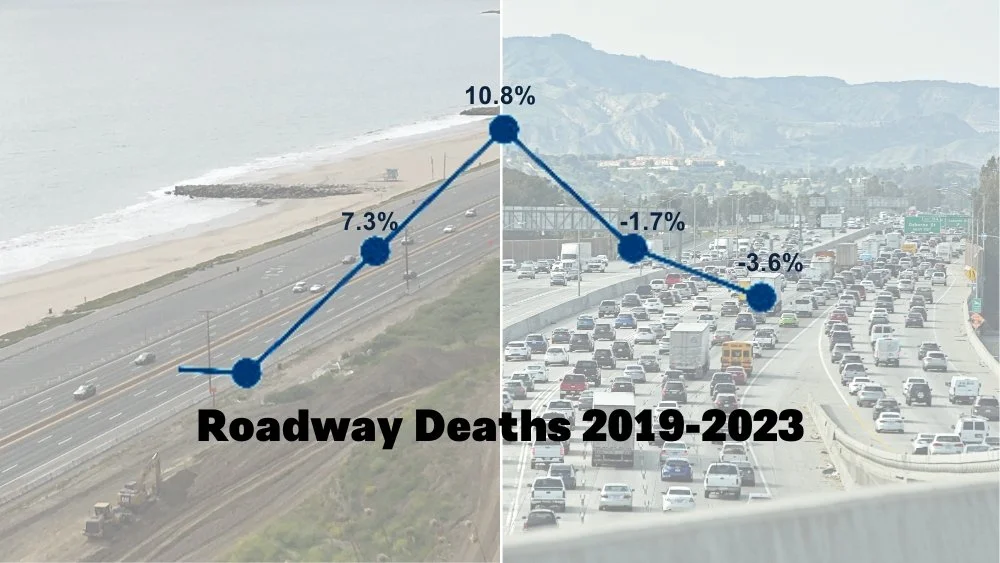What Does It Mean When a Prank 60 Mph Sign Goes Unnoticed?
(Source: Houston Landing.)
Technical professionals who work on street safety face a constant struggle: balancing safety and mobility demands on streets in ways that satisfy no one. The challenge is real — set speed limits too low, and drivers ignore them. Set them too high, and pedestrians and cyclists are left vulnerable. A recent incident in Houston drives home the point that signs alone are not the solution.
As originally reported by Akhil Ganesh with Houston Landing, on a quiet stretch of Polk Street, a mysterious plastic sign appeared, raising the speed limit to 60 mph — double the actual limit. Drivers didn’t react. Most didn’t even seem to notice. It was business as usual, with cars moving at their usual pace. The city quickly replaced the sign, but the incident revealed a deeper truth: Signs don’t change behavior. Design does.
Street design dictates how fast people drive and how safe they feel. A wide, straight road invites speeding, regardless of the posted limit. Narrower lanes, tighter corners, and visual cues like trees and streetlights naturally slow traffic. Yet, many professionals remain stuck relying on ineffective signage instead of redesigning streets for safety.
This is a problem we can solve. Strong Towns is partnering with the Vision Zero Network on a web broadcast to explore how the Crash Analysis Studio can shift the conversation beyond superficial changes like signs to something more substantive. The broadcast will focus on making these changes quickly, affordably and responsibly.
If you’re ready to make real changes in your community, join us at noon today, January 15, via Zoom.





